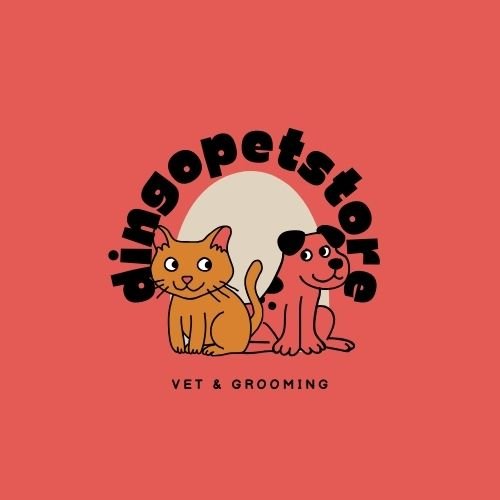When it comes to horses, their unique facial markings are one of the first things that catch our attention. From blazes to stars, these markings add to the beauty and individuality of each horse. In this article, we will explore the different types of horse facial markings and what they mean.
Blaze
A blaze is a wide white stripe that runs down the middle of a horse’s face. It is one of the most common facial markings and can range in width and length. A horse with a blaze typically has a white stripe that extends from the forehead to the muzzle.
Strip
A strip, also known as a stripe or race, is a narrow white line that runs down the middle of a horse’s face. It is narrower than a blaze and usually starts between the eyes and continues down to the muzzle. Strips can vary in length and thickness.

Credit: www.deviantart.com
Star
A star is a white marking that appears on a horse’s forehead, between the eyes. It can be a small spot or a larger shape, such as a diamond or a irregular splotch. Stars add a touch of elegance to a horse’s face and can vary in size and shape.
Snip
A snip is a small patch of white on a horse’s nose. It can be as small as a spot between the nostrils or extend over the entire nose. Snips vary in size and can add character to a horse’s face.
Bald Face
A bald face is a very wide blaze that extends to or past the eyes. Some bald-faced horses also have blue eyes, which adds to their unique appearance. Bald faces can create a striking visual contrast on a horse’s face.
Combinations
Horses can have various combinations of facial markings, such as a star and a strip, a star and a snip, or a star and a blaze. These combinations make each horse’s facial markings unique and give them their own distinct look.
| Facial Marking | Description |
|---|---|
| Blaze | A wide white stripe down the middle of the face. |
| Strip | A narrow white stripe down the middle of the face. |
| Star | A white spot on the forehead, between the eyes. |
| Snip | A small patch of white on the horse’s nose. |
| Bald Face | A very wide blaze, extending to or past the eyes. |
:strip_icc()/icelandic-horse-1178169612-bb949fbfde104e5182b30c829d57de17.jpg)
Credit: www.thesprucepets.com
Meaning and Significance
While facial markings on horses are primarily for aesthetic purposes, they can also have some significance. In some cultures, certain facial markings are believed to bring good luck or represent specific traits. However, the meaning behind facial markings can vary depending on individual beliefs and traditions.
Frequently Asked Questions For Horse Facial Markings
What Are The Markings On A Horse’s Face Called?
The markings on a horse’s face are called facial markings. Common facial markings include blaze, strip, and snip. A blaze refers to a wide white stripe down the middle of the face, while a strip is a narrow white stripe.
A snip is a patch of white on the horse’s nose. These markings can vary in size, shape, and symmetry, making each horse’s face unique.
What Are The White Marks On Horses Faces?
White marks on horses’ faces are known as facial markings. Common ones include blaze, star, strip, and snip.
What Are The Features Of A Horse Face?
Common facial markings of a horse include: – Blaze: a wide white stripe down the middle of the face. – Strip/Stripe: a narrow white stripe down the middle of the face. – Star: a white spot on the forehead, between the eyes.
– Snip: a white patch on the horse’s nose.
What Is A Snip Face Marking On A Horse?
A snip is a white marking on a horse’s nose, which can be a small spot or cover the entire nose.
Conclusion
Horse facial markings, such as blazes, stars, strips, and snips, add to the beauty and individuality of each horse. These markings can vary in size, shape, and significance, making each horse unique. Whether you are a horse enthusiast or simply appreciate the beauty of these majestic creatures, the facial markings of horses are sure to capture your attention and admiration.
